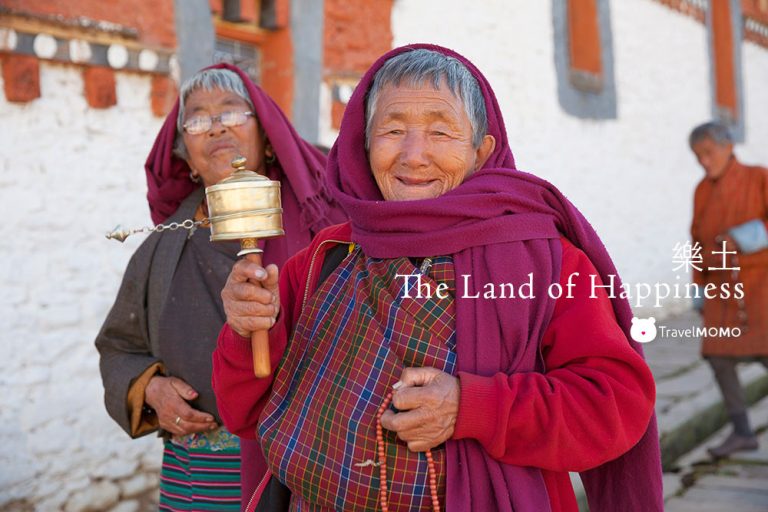In 1972, the 4th King of Bhutan, King Jigme Singye Wangchuck, declared that “Gross National Happiness” is more important than Gross Domestic Product. This concept measures a much broader perspective, including nine domains: Psychological well being Health Education Time use Cultural diversity and resilience Good governance Community vitality Ecological diversity and resilience Living standards While it is not the simple “happiness” commonly known, this Gross National Happiness index does convey a message to the world that Bhutan government cares about the overall wellbeing of the individuals. The High and The Low Bhutan is the world’s greenest country with over 70% of land covered by forest. With around 800,000 population living in 38,394 square kilometers of land, Bhutan’s population density is one of the lowest in the world. Culture & Traditions When it comes to culture, polygamy is probably the most unique one. It is legal for men and women to have multiple wives and husbands at the same time. The 4th King of Bhutan has 4 queens. Isn’t it the dream of most men?! Divorce is acceptable, not a disgraceful…
Tshechu means “Day Ten” is an annual religious festival held on the 10th of the month in every district…
Situating on top of a mountain dominating the Tang River and the valley, Ogyen Choling (Palace) Museum is a…
In addition to dzong (Fortress) and temples, there are quite a few monasteries and nunneries which are also sight-seeing…
Kurjey Lhakhang is an important temple complex in Central Bhutan where Guru Rinpoche left a body print after his…
Jambay Lhakhang (temple) is one of oldest temple built in the 7th century by Tibetan King Songtsen Gampo who…
For those who travel to Bhutan for 5-7 days, particularly the first time visitor, you will probably just spend…
Built in 1648, Trongsa Dzong has been a significant fortress in Bhutan where the first two kings ruled the…
Locating 3,000 meters above sea level, Gangtey Monastery (also known as Gantey Gongpa) is uniquely positioned overlooking the largest…

